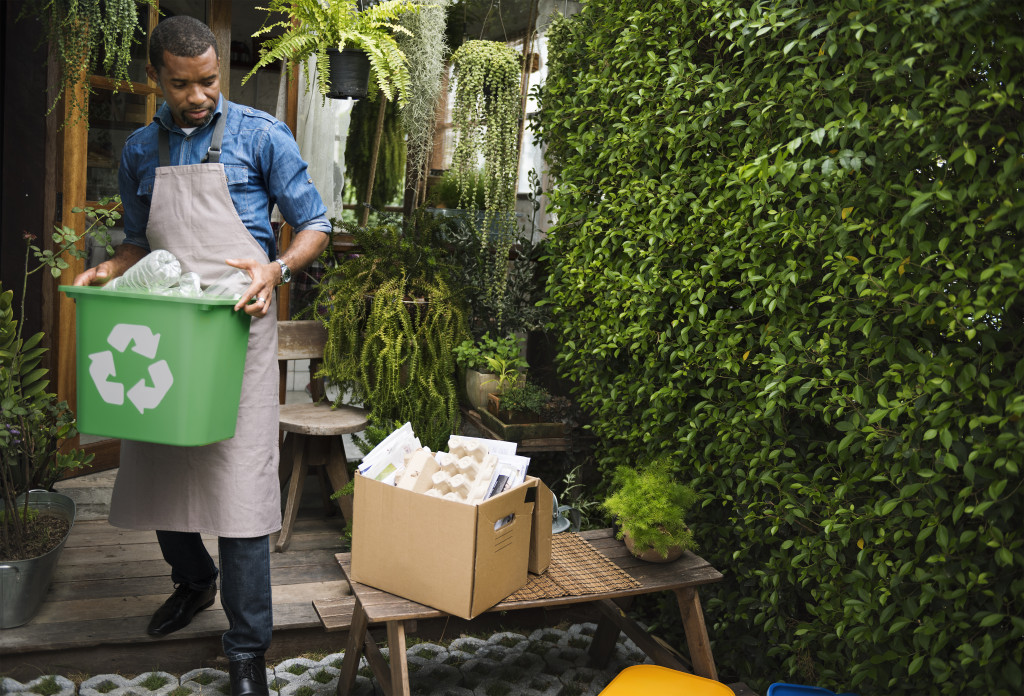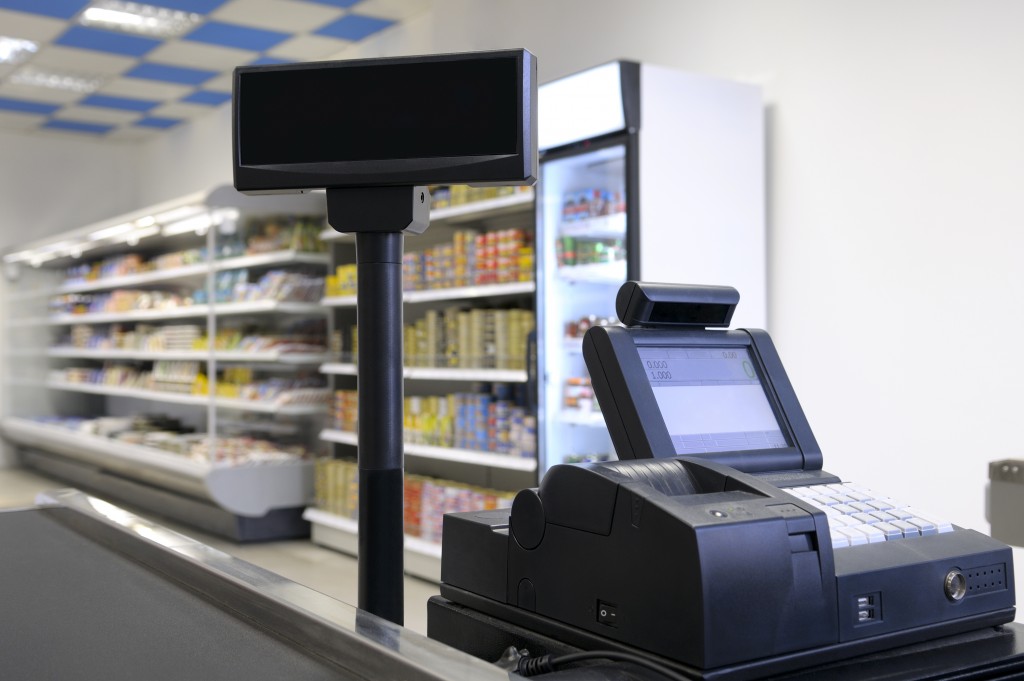- Invest in energy-efficient equipment such as ENERGY STAR-certified refrigerators, LED lighting, and high-efficiency cooking equipment.
- Utilize natural light to create a more inviting atmosphere without consuming energy.
- Optimize your HVAC system and consider replacing it with an energy-efficient model if necessary.
- Train staff to be energy-conscious and create an energy-saving policy.
- Implement a recycling program, including conducting a waste audit, providing appropriate containers, and engaging customers.
As a restaurant owner, you’re always looking for ways to save money and streamline your operations without sacrificing the quality of your food and customer experience. One area you may not have considered yet is reducing your energy consumption.
Not only will this help you save money on your monthly utility bills, but it will also help you reduce your carbon footprint and contribute to a more sustainable future. Here are some practical tips to help you reduce your energy consumption in your restaurant without compromising on quality.
Invest in Energy-Efficient Equipment
Switching to energy-efficient equipment can help you reduce your energy consumption significantly. For instance, ENERGY STAR-certified refrigerators and freezers use up to 15% less energy than traditional models. LED lighting and high-efficiency cooking equipment can also help you save on energy costs.
You should also make sure to invest in equipment that is adequately insulated. This will help keep your food colder and fresher for longer while also helping conserve energy.
Opt for Natural Light

Natural light is an excellent way to save energy in your restaurant. Not only is natural light a sustainable solution, but it can also create a more inviting atmosphere for your guests. In addition to installing windows, consider adding framed circular skylights in your kitchen. This will provide ample natural light and give your chefs a unique view of the sky while they work. Switching to natural light is smart for any restaurant owner looking to save money and reduce their carbon footprint.
Optimize Your HVAC System
Your HVAC system is one of the biggest energy consumers in your restaurant. Make sure to have it serviced regularly to ensure it’s running efficiently. You can also consider upgrading to a programmable thermostat to automatically adjust the temperature based on your business operations, which can help you save on energy costs.
If your HVAC system starts to age and requires frequent repairs, you should consider replacing it. Investing in a new energy-efficient model can help you save up to 40% on your energy bills.
Train Your Staff to Be Energy-Conscious
Training your staff to be energy-conscious can go a long way in reducing your energy consumption. Encourage them to turn off lights and equipment when not in use, use energy-efficient cooking methods, and report any issues with equipment that may be wasting energy.
You may also want to create an energy-saving checklist or policy that all staff members must follow. This will help ensure that everyone follows the same guidelines and does their part to conserve energy.
Recycling Program
Did you know that recycling can help you reduce waste and your carbon footprint, save energy, and cut costs? Many restaurants have implemented recycling programs and seen significant benefits, from reduced waste disposal fees to increased customer loyalty. But where to start?
Conduct a waste audit
The first step to implementing a successful recycling program is understanding what types of waste your restaurant generates and in what quantities. Conducting a waste audit can help you identify areas where you can reduce waste and opportunities for recycling. You can use a waste audit checklist to track food waste, packaging, paper, glass, plastics, and metals.
Choose the proper recycling containers

Proper recycling containers are essential to make recycling easy and efficient. Make sure to have separate containers for each type of material you want to recycle, such as paper, plastic, glass, and metal.
Consider the size and placement of the containers, as well as the ease of access for your staff and customers. You can also label the containers and provide clear instructions on what items are accepted and how to dispose of them.
Engage your customers
Getting your customers involved in your recycling program can help you increase your recycling rates and build loyalty and goodwill. You can communicate your recycling efforts through your website, social media, and in-store signage. You can also provide incentives for participating customers, such as discounts or free items.
Monitor and evaluate your program
Monitoring and evaluating it regularly is important to ensure that your recycling program is effective and meets your goals. You can track the amount and types of materials you recycle and any cost savings. You can also solicit feedback from your staff and customers to identify areas for improvement. Use this information to make adjustments to your program and continue to optimize it over time.
Final Thoughts
Reducing your energy consumption in your restaurant doesn’t have to be daunting. By implementing these practical tips, you can save money on your monthly utility bills, reduce your carbon footprint, and contribute to a more sustainable future. Remember to involve your staff in this effort and consider conducting an energy audit to optimize your energy consumption. As always, prioritize quality and customer experience while making these changes in your restaurant.

